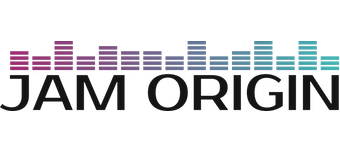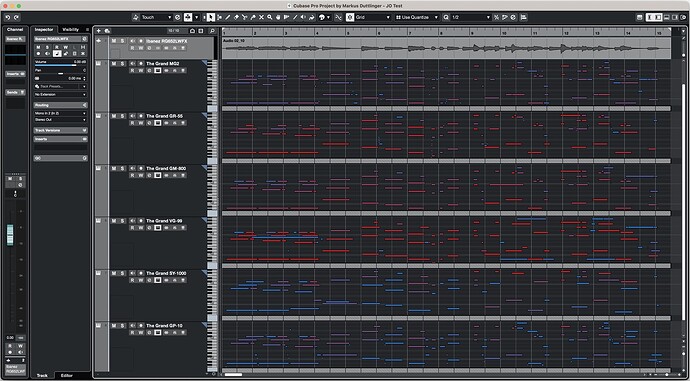Hi there,
I just acquired MG2, and after messing with it for a full day, I realize I might require to change some hardware to make the tracking better.
I have tried 2 electric guitars, an electro acoustic and a classical one recorded with an sm57.
For all the DI instruments, I played with all the settings, tone nobs & pickups.
For the classical guitar I played with mic placement.
So far the best results I obtain are with the sm57 on the classical guitar.
I’d really love to improve the tracking though as sustained notes on the E & A chords are often retriggered, and other notes are simply missed. Globally there is a lot of post processing required on the MIDI output.
The following video looks very promising: https://www.youtube.com/watch?v=pYsS1uzQNak
Unfortunately GP 10 is not buyable anymore, and also this would mean I also have to install another pickup.
I’ve also read here and there about MG3 being around the corner, I’m not sure exactly how this will help me and I try to manage my expectations.
Here is where I would love your guidance.
- At current times, what would be a good way to improve my setup? (pickup? with what box etc?)
- What will MG3 solve when it comes to tracking? Will it make any new hardware addition useless or could it still be useful?
Thank you very much.


